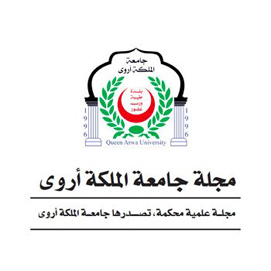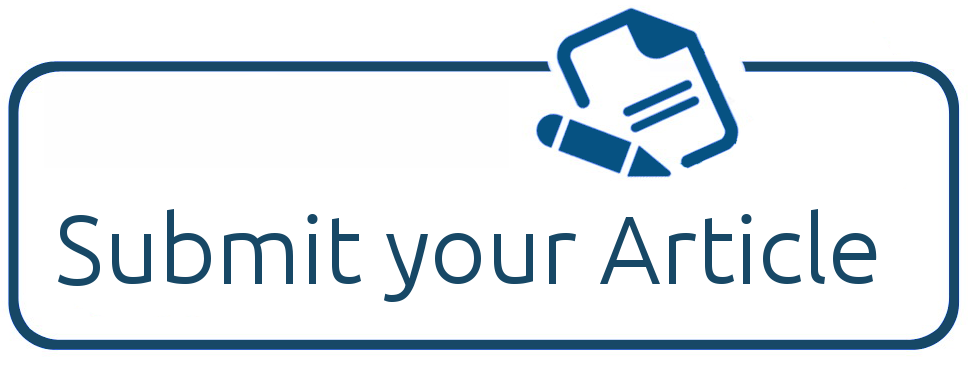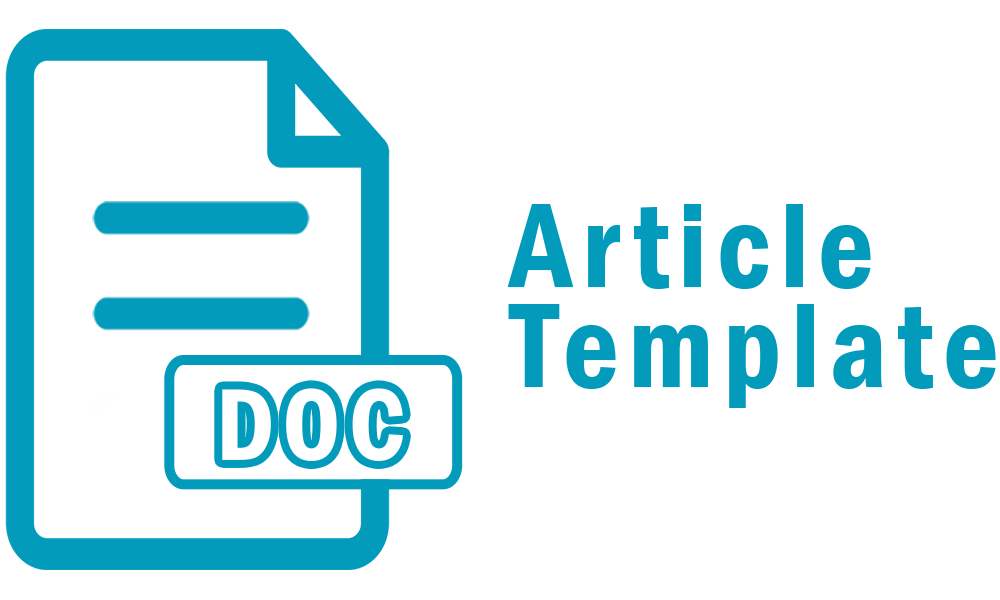English Language Learning in Elementary Schools Difficulties and Solutions
DOI:
https://doi.org/10.58963/qausrj.v1i10.78Keywords:
English Course , Language Learning , Elementary Schools , Difficulties & SolutionsAbstract
This study examined whether there are difficulties facing the students in elementary schools in learning English as a foreign language. Data was collected from three elementary schools in Hajjah city; also it was collected from academic teachers in Hajjah college. The findings show that there are four main factors that cause such difficulties, which are:-
1- Curriculum
2- Teacher effect
3- Environment and facilities
4- Psychology of the students.
The research runs in five chapters. Chapter one gives an introductory remarks about the research theoretical background, research significance; it also outlines the research hypothesis and objectives. Chapter two was mainly allocated for the previous related researches and studies. Chapter three shows methodology and design. Chapter four discusses the data analysis and results. Finally, in chapter five, the researchers talked about the research recommendations and suggestions for further studies.
Metrics
Downloads
References
- ALjadidi Husna,2009.Teaching English in Oman as a Foreign Language.
- Brown, D., H (2001). Teaching by Principles: An Interactive Approach to Language Pedagogy. San Francisco: Longman Inc.
- Brown, D., H (2001). Teaching by Principles: An Interactive Approach to Language Pedagogy. San Francisco: Longman Inc.
- Cheng, W. (1980). Communicative Language Teaching: Theory and Practice. CUHK Education Journal, 8, 2, 59 - 67.
- Cook, V. (2001 March). Using the First Language in the Classroom. The Canadian Modern Language Review, 57, 3, 402 - 423. Retrieved on April 17th, 2005 on the World Wide Web: http://www.utpjournals.com/jour.ihtml?lp=product/cmlr/573/573-Cook.html.
- Ghaleb Rababah Communication Problems Facing Arab Learners of English.
- Halliwell Susan,1992. Teaching English in the Primary Classroom.
- HarrisonW, Prator C and Tucker G (1975). English Language Policy Survey of Jordan. Arlington, Va: Center for Applied Linguistics.
- Khan IA (2005a). Teaching of English: The Bilingual Context, Delhi: Academic Excellence.pp.35.
- Khan IA (2005b). Teaching of English as a Second Language. Delhi: Vitsa international pub. , pp.19.
- Khan,2011.Learning Difficulties in English : Diagnosis and Pedagogy in Saudi Arabia.
- Krashen, S., D. (1982). Principles and Practice in Second Language Acquisition. Oxford: Pergamon Press.
- Medgyes, P. (1992). Native or Non-Native: Who’s Worth More? In T. Hedge & N. Whitney (Eds.), “Power, Pedagogy & Practice” (pp 31- 42). Oxford: Oxford University Press.
- Morgan, C., & Neil P. (2001). Teaching Modern Foreign Languages: A Handbook for Teachers. London: Kogan Page.
- Nunan, D. (1991). Communicative Tasks and the Language Curriculum. TESOL Quarterly, 25 2, 279-95.
- Nunan, D. (2004). Task-Based Language Teaching. Cambridge: Cambridge University Press.
- Pufahl, I., Rhodes, N., & Christian, D. (2001). What We Can Learn From Foreign Language Teaching in Other Countries? ERIC Clearinghouse on Languages and Linguistics, Center for Applied Linguistics. Retrieved on July 29th, 2004 on the World Wide Web: http://www.cal.org/resources/digest/digest/pdfs/06-pufahl/pdf.
- Reyes, A., & Vallone, L. (2008). Constructivist Strategies for Teaching English Language Learners. Corwin Press, Inc: Sage Thousand Oaks, CA.
- Salih M (1980). The relationship Between the Attitude and Proficiency in EFL of Public School Students in Amman. M.A. thesis, American University of Beirut.
- Stern, H. H. (1983). Fundamental Concepts of Language Teaching. Oxford: Oxford University Press.
- Zughoul M (1987). Restructuring the English department in the Third World universities: Alternative approach for the teaching of English literature. IRAL.XXV(3): 221 – 236.
- Zughoul MR, Taminian L (1984). The Linguistic Attitudes of Arab University Students: Factorial Structure and Intervening Variables,(In Arabic), J. the Jordanian Academy of Arabic, 25-26 (1984): 148-200.
Downloads
Published
Issue
Section
Categories
License
Copyright (c) 2024 Queen Arwa University Journal

This work is licensed under a Creative Commons Attribution 4.0 International License.













